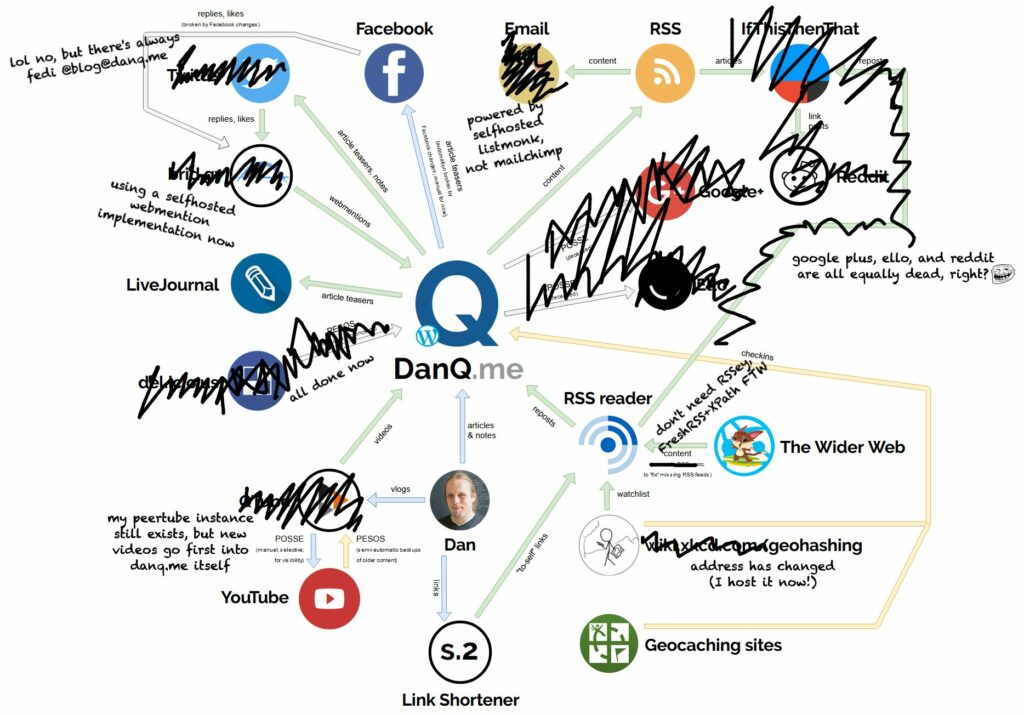What Steve observes is representative of a the two sides of emoji’s biggest problem, which are
- that when people use them for their figurative meaning, there’s a chance that they have a different interpretation than others (this is, of course, a risk with any communication, although the effect is perhaps more-pronounced when abbreviating1), and
- when people use them for the literal image they show, it can appear differently: consider the inevitable confusion that arises from the fact that Twitter earlier this year changed the “gun” emoji, which everybody changed to look like a water pistol to the extent that the Emoji Consortium changed its official description, which is likely to be used by screen readers, to “water pistol”, back to looking like a firearm. 🤦
But the thing Steve’s post really left me thinking about was a moment from Season 13, Episode 1 of Would I Lie To You? (still available on iPlayer!), during which blind comedian Chris McCausland described how the screen reader on his phone processes emoji:

I don’t know if it’s true that Chris’s phone actually describes the generic smileys as having “normal eyes”, but it certainly makes for a fantastic gag.
Footnotes
1 I remember an occasion where a generational divide resulted in a hilarious difference of interpretation of a common acronym, for example. My friend Ash, like most people of their generation, understood “LOL” to mean “laughing out loud”, i.e. an expression of humour. Their dad still used it in the previous sense of “lots of love”. And so there was a moment of shock and confusion when Ash’s dad, fondly recalling their recently-deceased mother, sent Ash a text message saying something like: “Thought of your mum today. I miss her. LOL.”.

